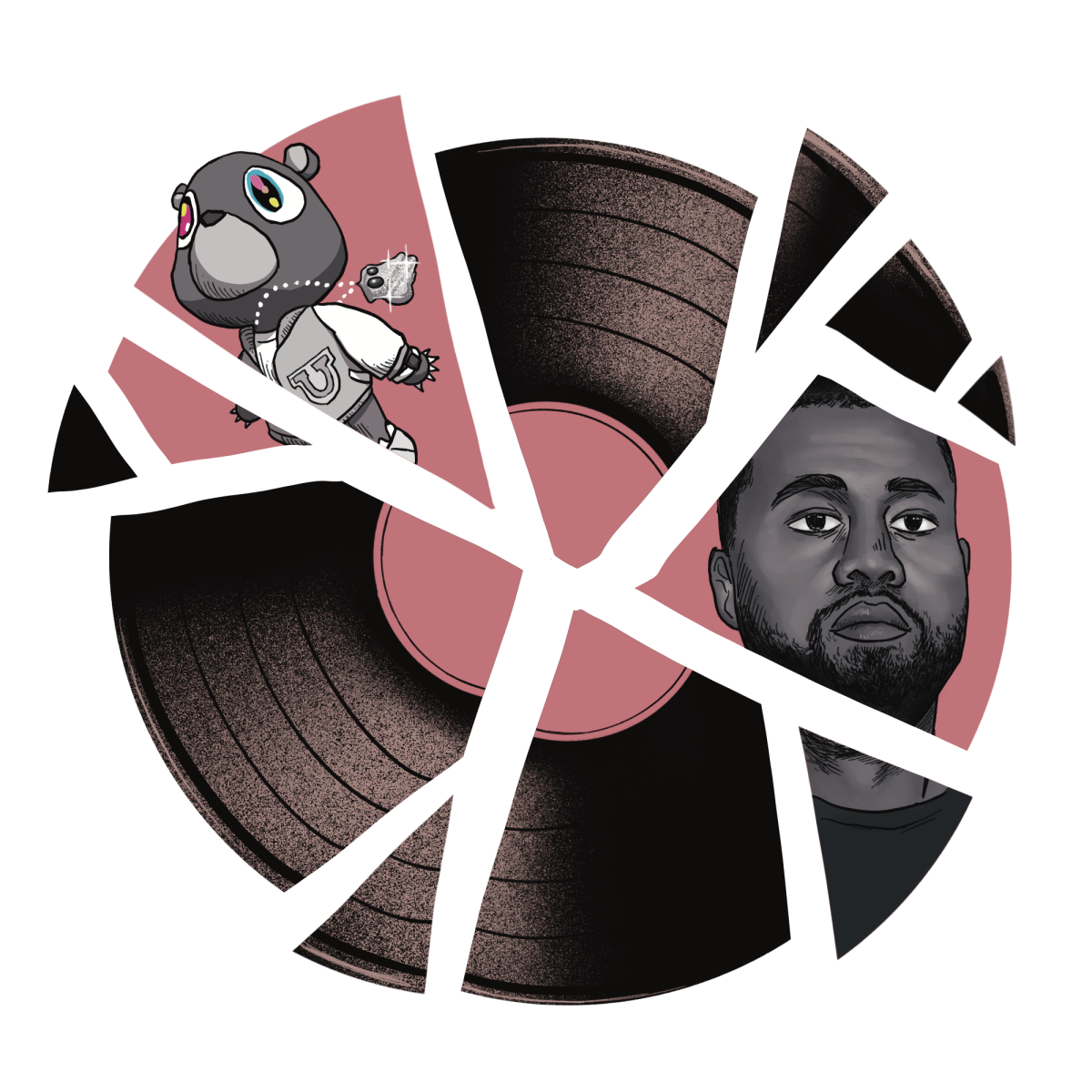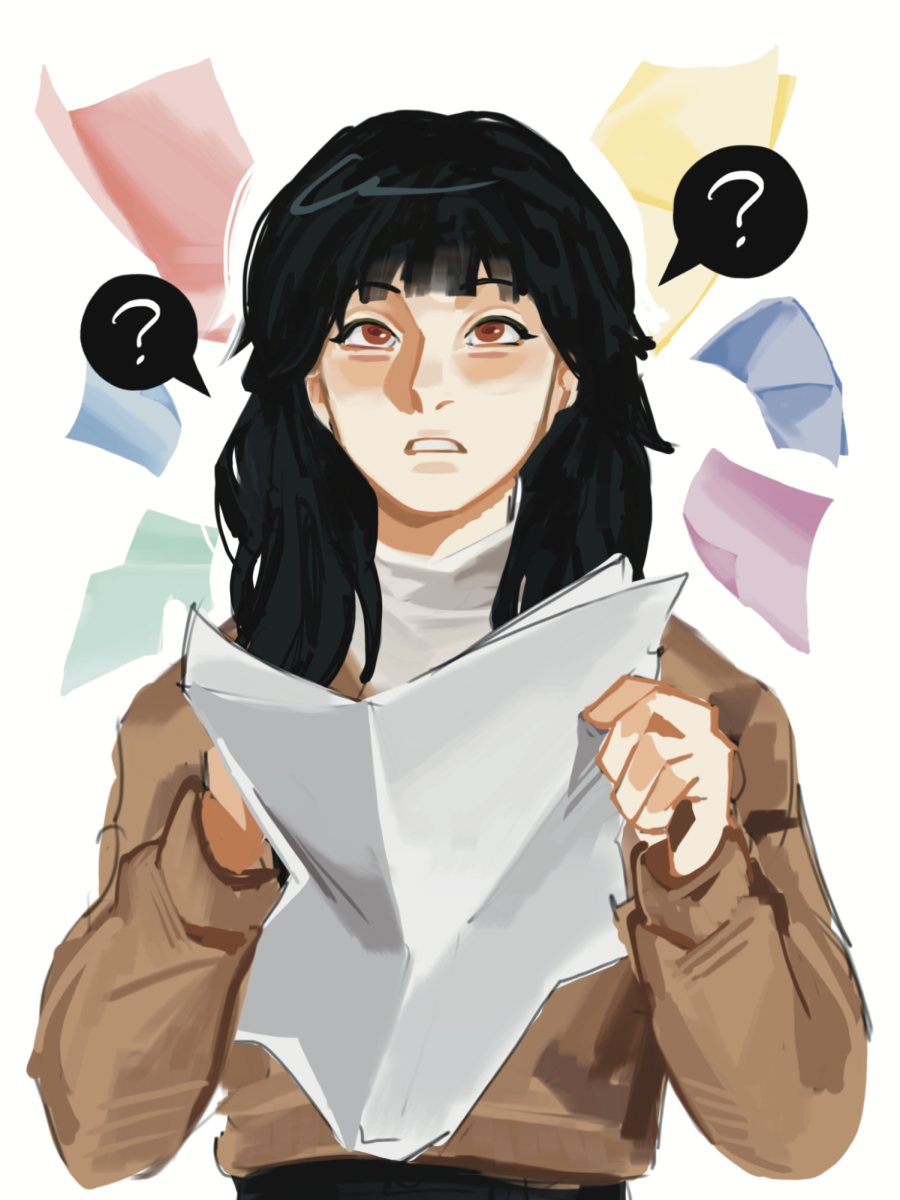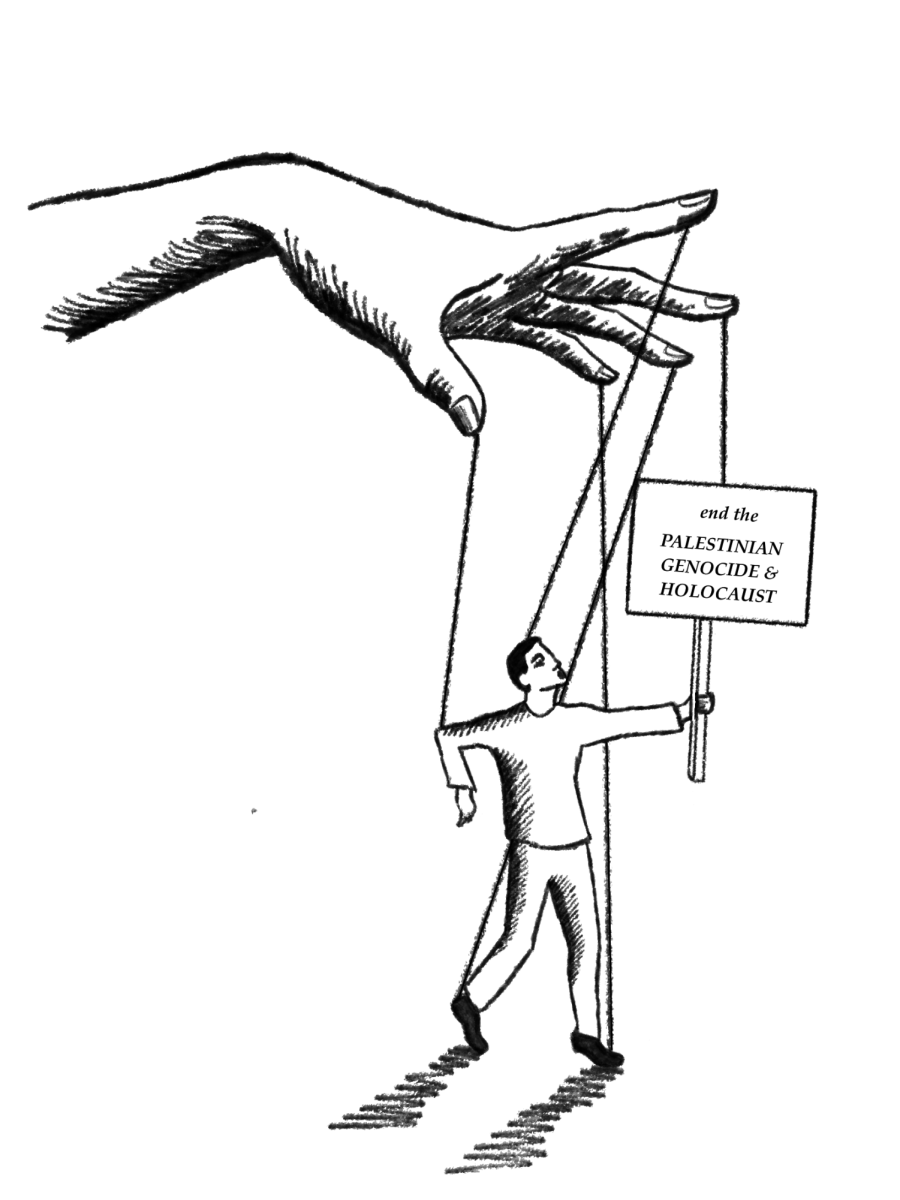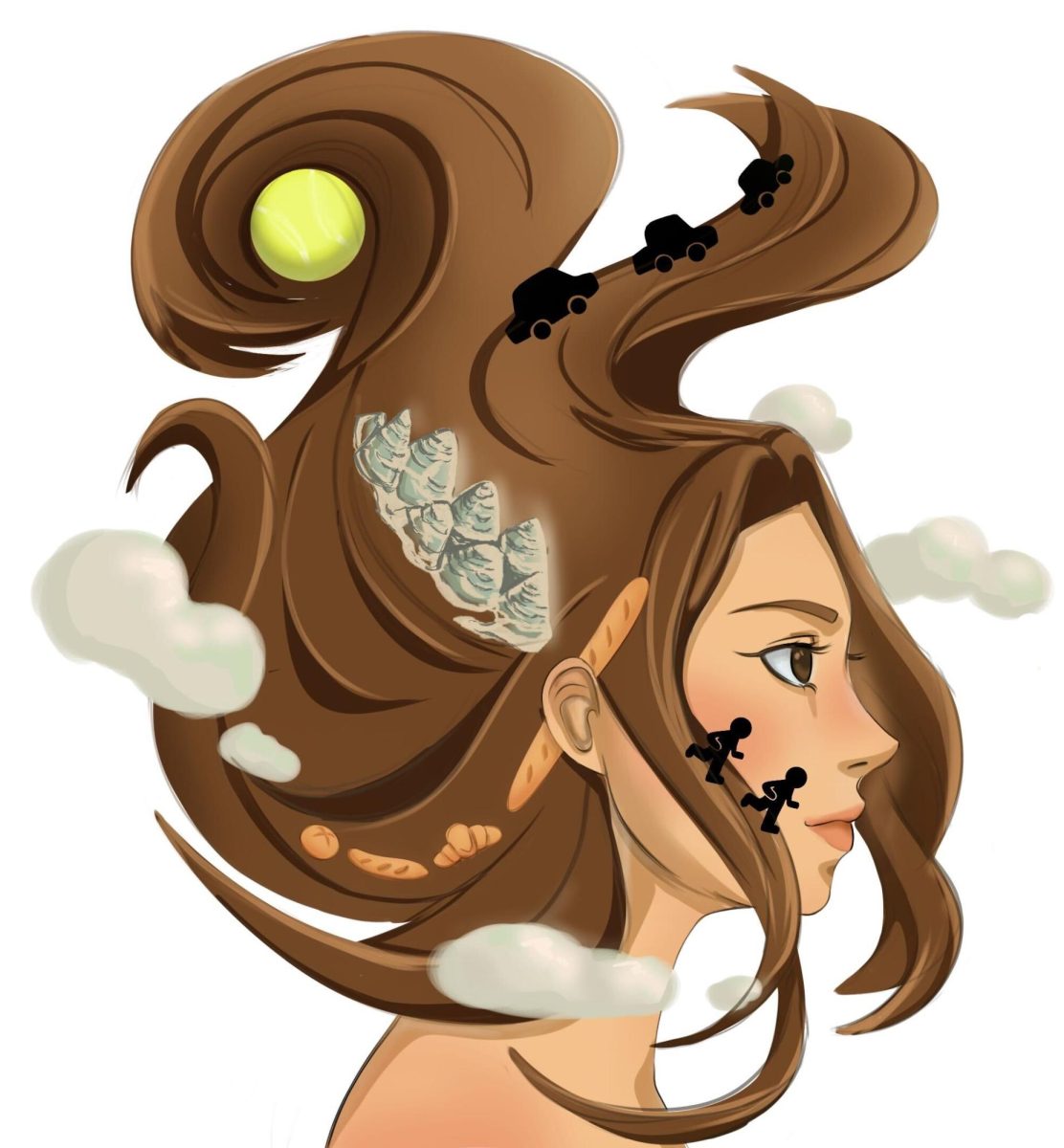“Of Mice and Men.”
“Lord of the Flies.”
“The Great Gatsby.”
What do all these books have in common with each other? They are all required reading in the typical high school English curriculum. They are also all written by white, male authors, involve almost exclusively white characters and were published over 50 years ago. So, in an age where diversity in literature is more prevalent than ever, why do students continue to read these books in school, year after year?
Literature is seen as a reflection of our lives and often includes universal themes, which allow people of all walks of life to relate to it. While some subjects may be applicable to all people, books written by and mainly starring white male characters do not reflect a racially and culturally diverse society.
“The English department tends to teach books that are represented in the literary canon (books that are often referred to by other texts, have been foundational to literature or culture, and books that students have been expected to know prior to entering college),” said Paly English teacher Marc Tolentino. “This set of literature has been backed and approved by the school board and oftentimes students love these books. However, there is a need for representation in the books.”
Including more characters of different races, genders and sexualities would be more relatable to more minority students. It would show that different cultures are acceptable and worthy of representation in literature. It additionally empowers members of those communities, proving that they too can be the heroes of their own story. In an English class, analyzing books about minorities would make them feel seen.
The Paly English curriculum has started introducing a more diverse range of books. Some books taught in the Social Justice Pathway like “Cry the Beloved Country” and Advanced Placement (AP) Literature like “Native Speaker,” “A Lesson Before Dying,” “The Awakening” and “A Thousand Acres” include more diverse issues and backgrounds. Other English classes read books like “Woman Warrior” and “Night” that have been written by minority authors.
“We read a few Asian-American short stories at the beginning of the semester in American Literature 11H, which I think is a crucial thing to do because the immigrant experience is such a cornerstone of the American experience as a whole,” said junior Soumya Jhaveri. “These stories featured women and were written by women, which was incredible.”
While Paly has done a great job of starting to incorporate more modern and racially diverse books, this movement needs to be increased to make students in minority groups feel better represented.
“I have noticed that when students read books that reflect themselves, there is an excitement within that unit for these students,” Tolentino said.
Even for non-minority students, reading books about different types of people creates more sympathy. Reading about others’ experiences puts them in someone else’s shoes; it reveals a different point of view and teaches others about the struggles that impact specific minority groups.
Another reason why the curriculum should be changed is that most books read in English classes are outdated and reflect old values. Take “To Kill a Mockingbird,” by Harper Lee. Yes, it was quite a progressive book for 1960, but some of its ideas have become obsolete.
Some argue that the way Lee portrays African-American characters like the maid Calpurnia and the mentally-ill Boo Radley puts African-Americans and the mentally-ill in a negative light, despite the fact that the book tries to combat those very stereotypes.
“[S]ome of our diverse books don’t necessarily reflect the diverse experiences of the people of color,” Tolentino said. “Many times books we read about African Americans tend to be under the shadow of slavery and victimization and don’t necessarily showcase their success and triumphs in a celebratory manner.”
Another such example is “Of Mice and Men” by John Steinbeck. While it portrays the classic American Dream, it was published in 1937, so its portrayals of certain characters are obsolete. Lenny, for instance, is a mentally disabled character. Throughout the course of the book, it is evident that he is violent (sometimes unknowingly) and does not care about or understand the consequences facing him.
Women in “Of Mice and Men” (or more accurately, the single woman) are sexualized and objectified. Curley’s wife, who is not given a name beyond “Curley’s wife,” is the only woman on the ranch and is shunned by the other men, often called misogynistic names like “tramp” and “rat trap.” Even in tragedy, she is only considered a nuisance.
Admittedly, teachers often remind students that such books have outdated ideas about different groups of people. These books also contain certain messages that have transcended time, such as the theme from “To Kill a Mockingbird” that one must “walk around in someone’s skin” to fully understand them.
While it is a good message, it doesn’t actually apply to the book. African-American characters such as the maid Calpurnia have little to no character development or exploration, and simply serve as two-dimensional side characters.
However, some argue that many of these books are American classics and should continue to be read by students.
“In my mind, it isn’t a matter of whether or not ‘Lord of the Flies,’ ‘Of Mice and Men’ or really any specific book should be rotated out of the curriculum,” said Paly English teacher Erin Angell. “It’s about thoughtfully considering the purpose a text serves in the curriculum, the voice it represents– and whether or not that purpose is already sufficiently being met and that voice is already sufficiently heard.”
We have to acknowledge that many books are a part of the English curriculum because they are considered classics, and students will most likely not read them outside of class. Many of the ideas presented in these books are antiquated, but perhaps teachers could more clearly address the fact that certain concepts are not the same in modern day.
Even if some of the books are kept, more modern-day reads should be incorporated into English curriculums. And since diverse novels are being written more often, there is a viable list of options. “The Hate U Give” by Angie Thomas, for instance, is based on the #BlackLivesMatter movement. It is written by an African-American author and follows an African-American protagonist. “Aristotle and Dante Discover the Secrets of the Universe” by Benjamin Alire Sáenz (who is Hispanic) follows a Hispanic and gay protagonist, and has won several awards including the Stonewall Book Award, a Michael L. Printz Award nominee and the Pennsylvania Young Readers’ Choice Award Nominee for Young Adults. Other examples of diverse books include “Every Last Word” by Tamara Ireland Stone (which discusses mental health), “Born a Crime” by Trevor Noah (which addresses apartheid) and “Symptoms of Being Human” by Jeff Garvin (which features a non-binary character).
As a part of the PAUSD English curriculum, modern and diverse books are necessary to foster positive representation, empathy and an understanding of new perspectives.
“I think there’s a lot of value to reading books you can relate to because I think that it really helps you shape your perspectives of your own life,” Jhaveri said. “But there’s so much to learn from all literature and even reading books about people I can’t necessarily identify with still has lots of applications to my personal life.”









